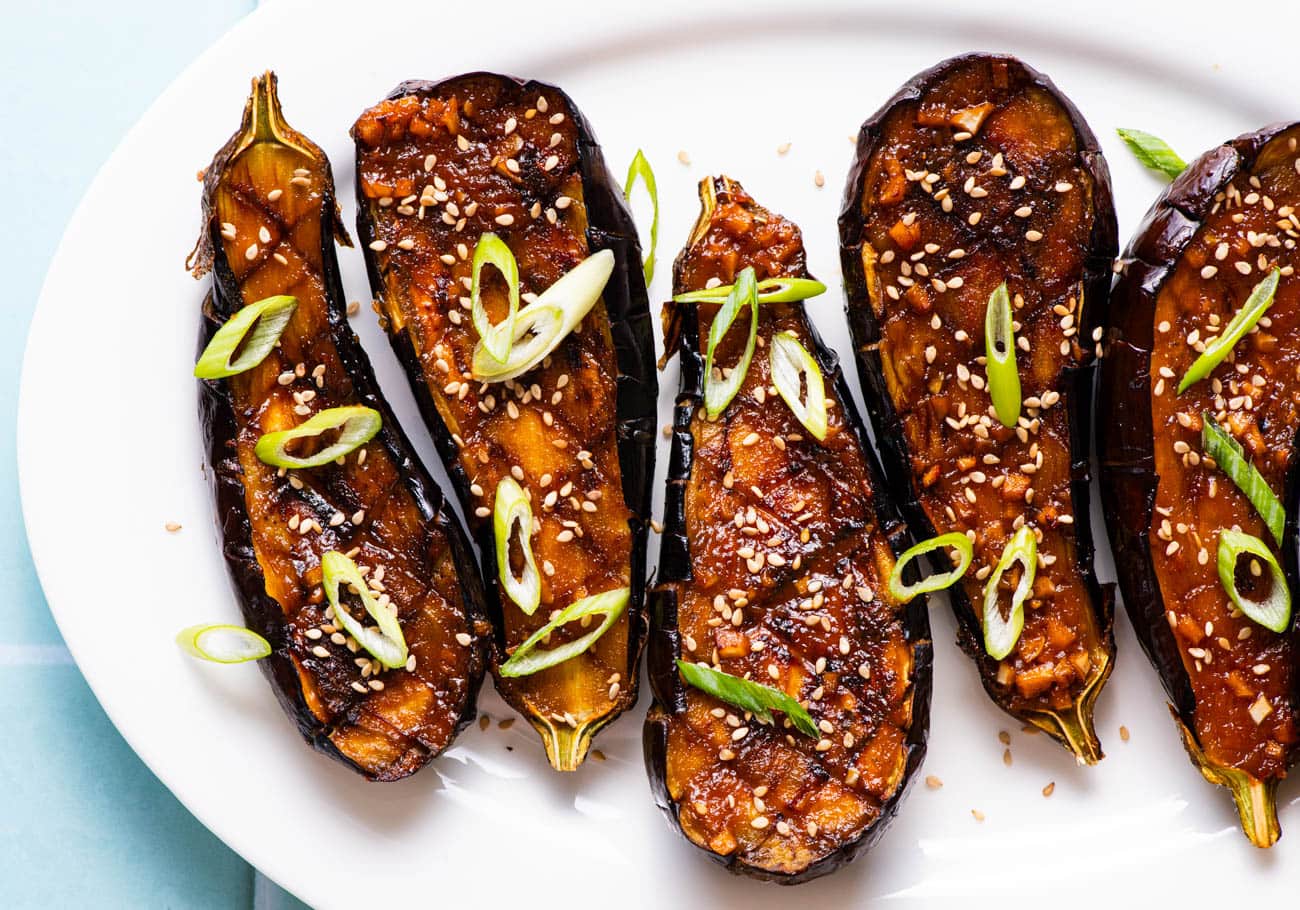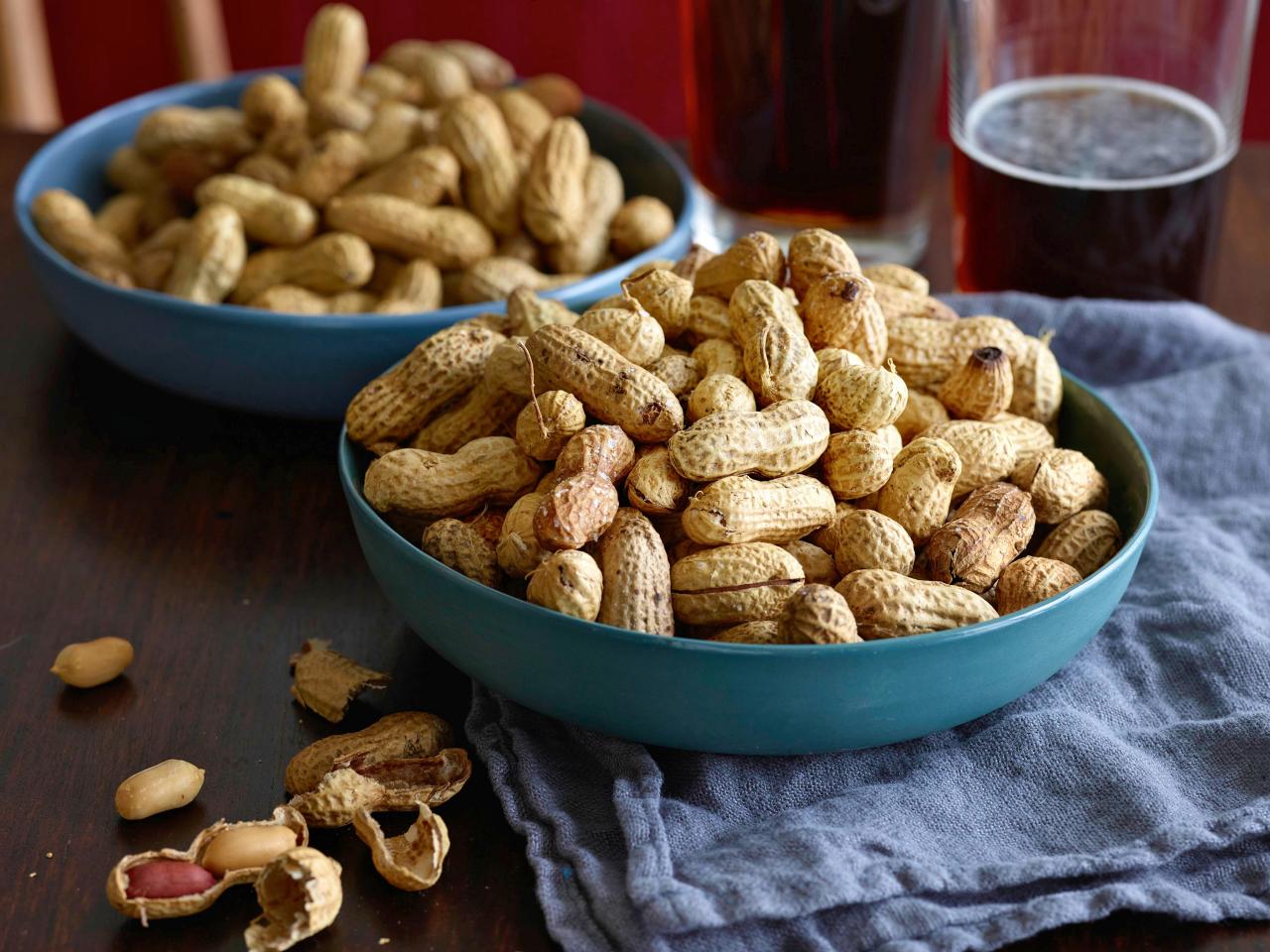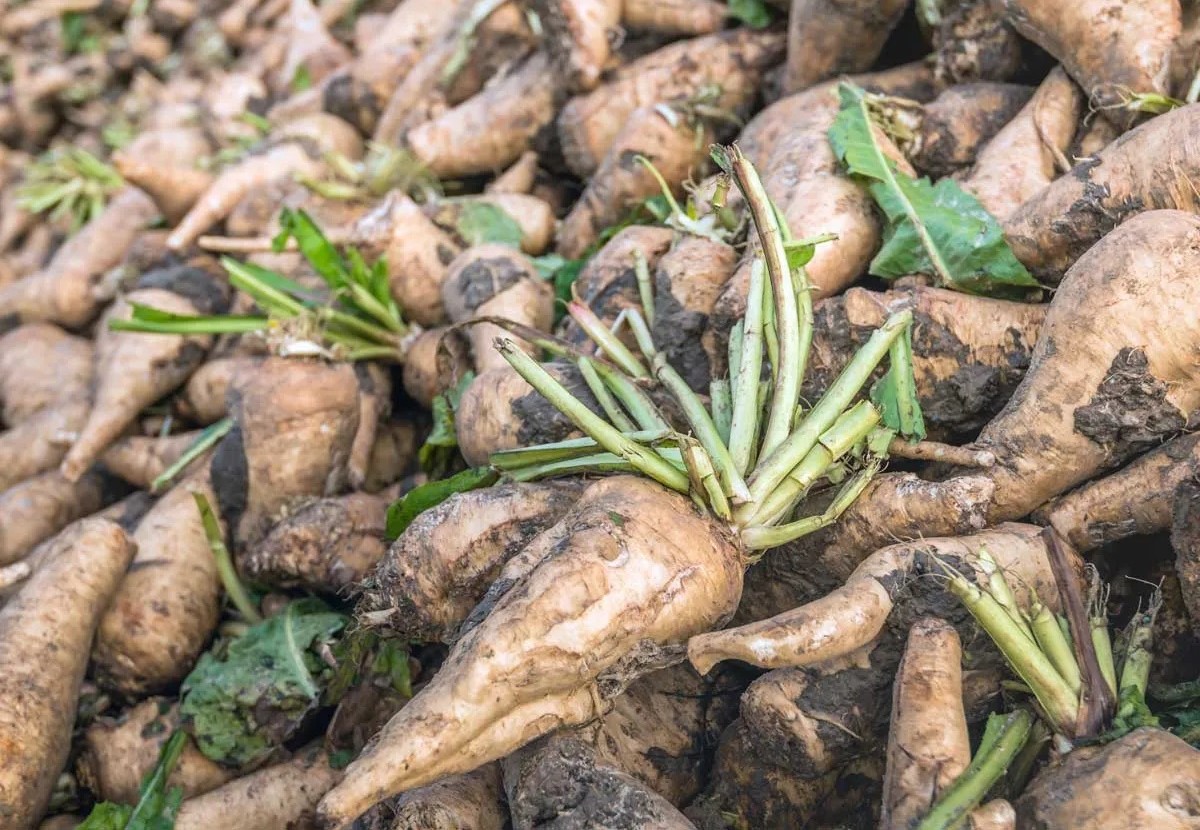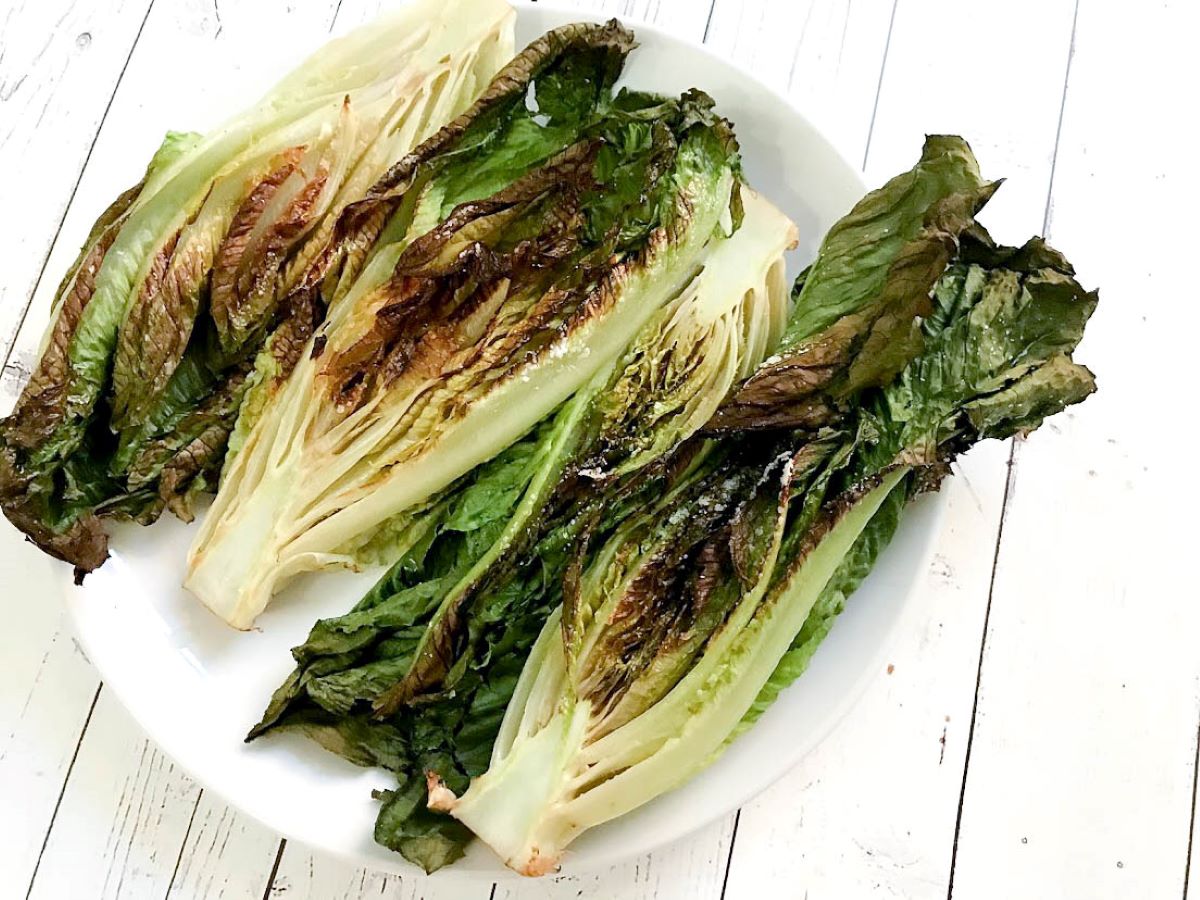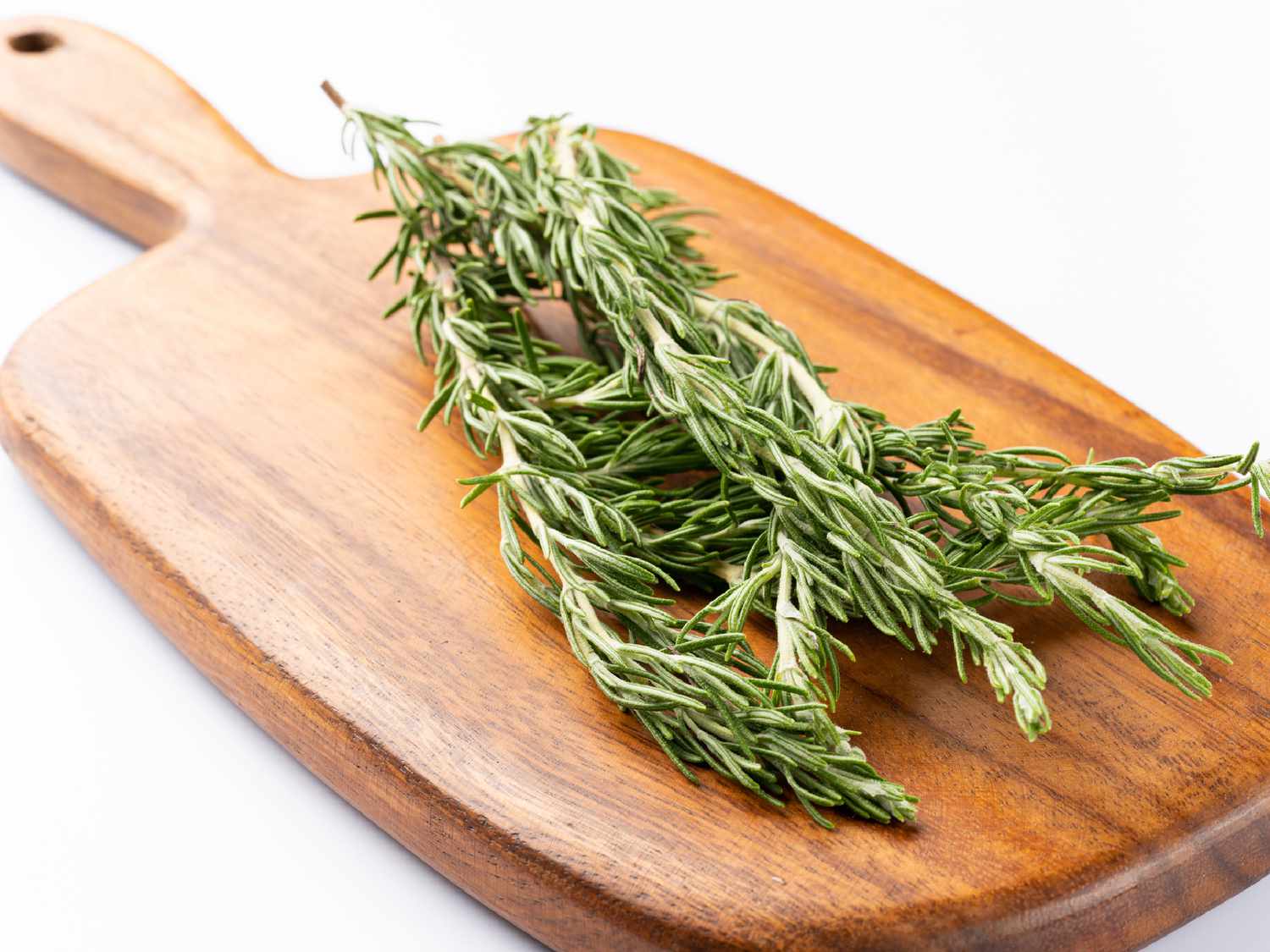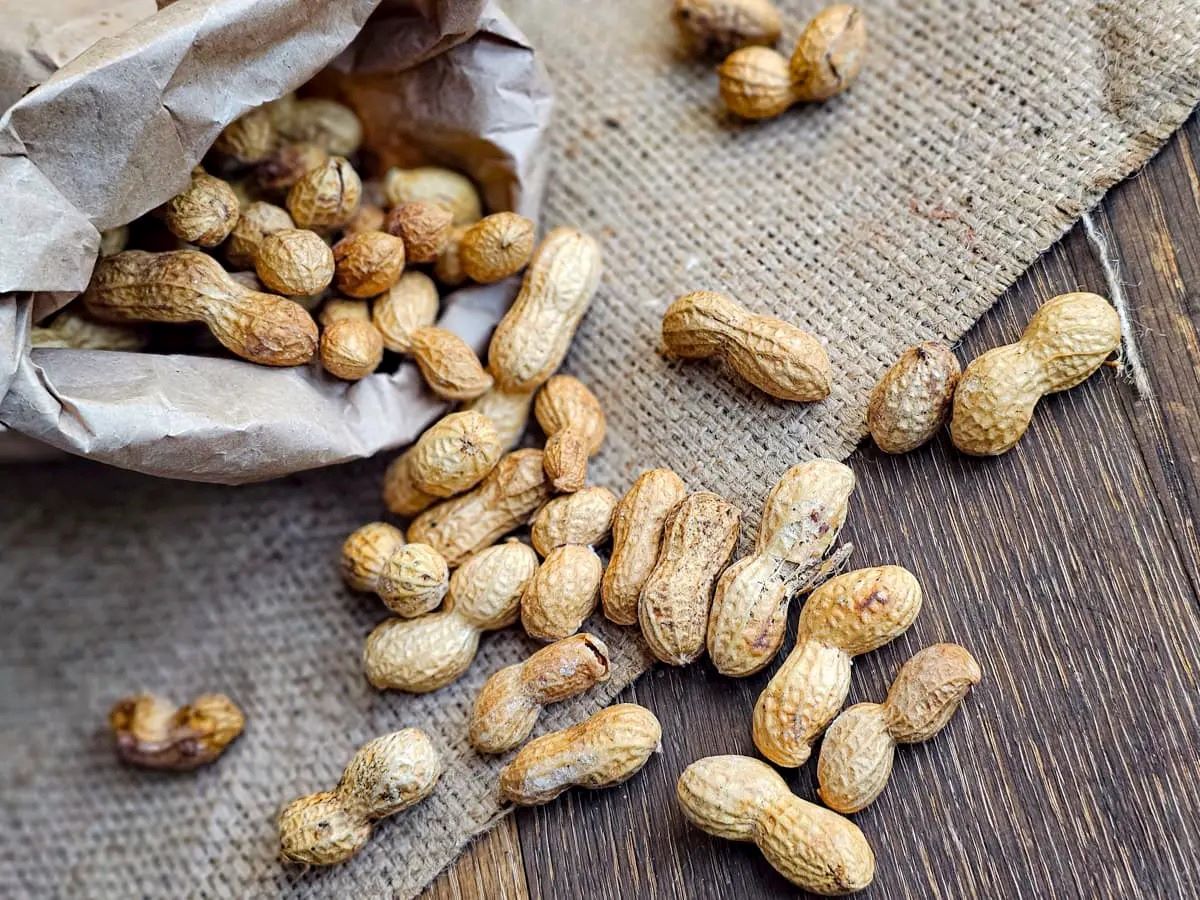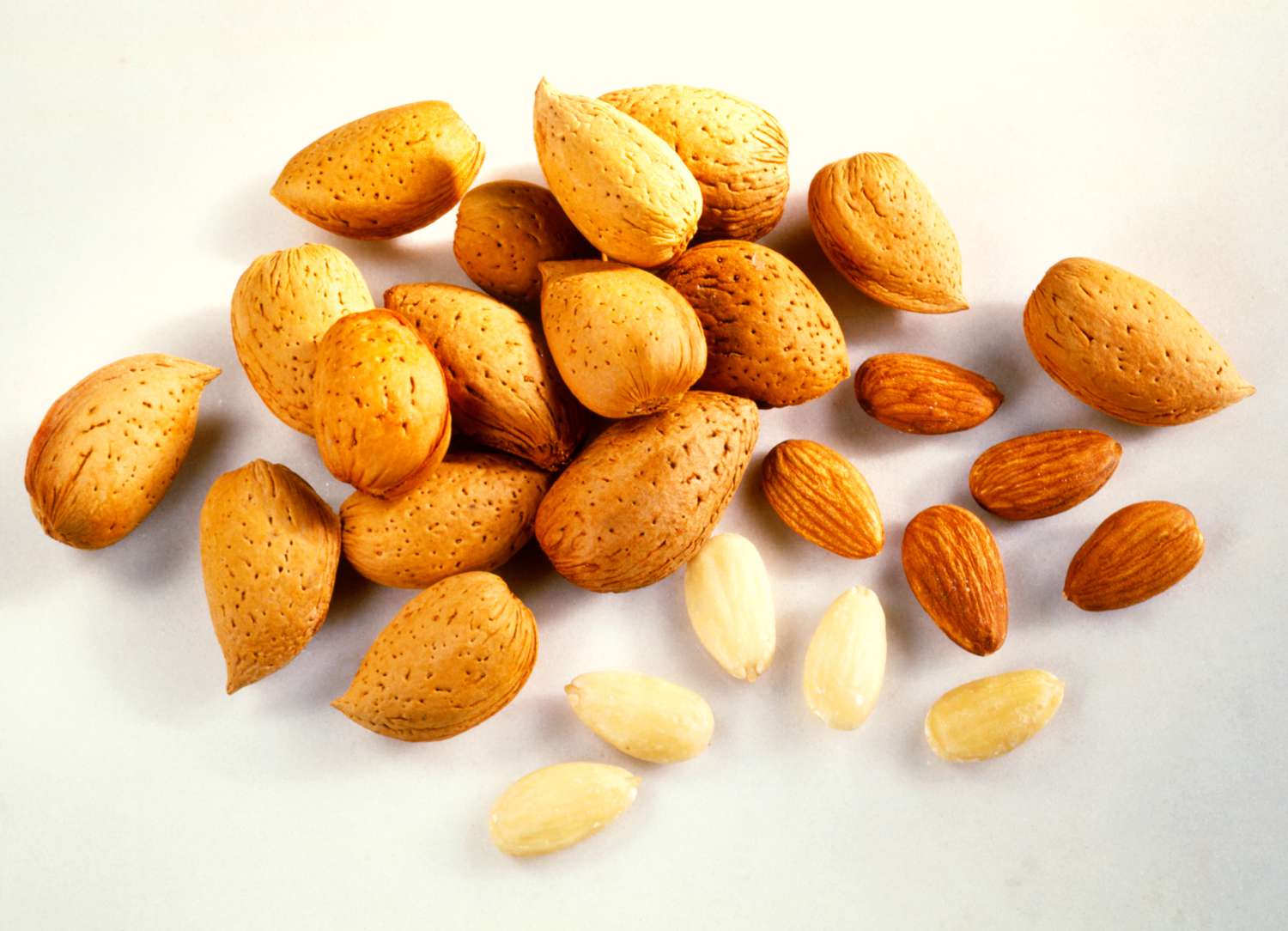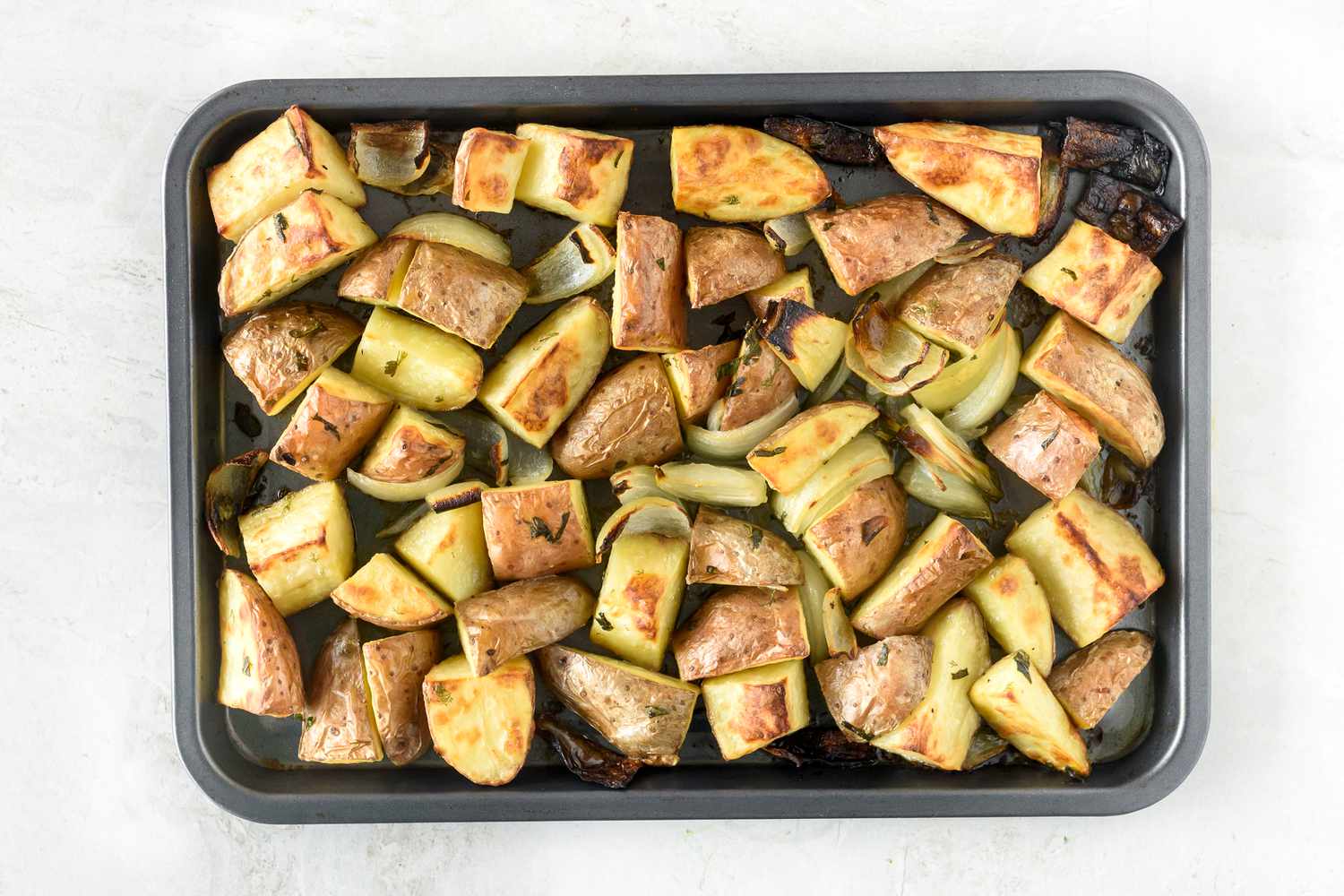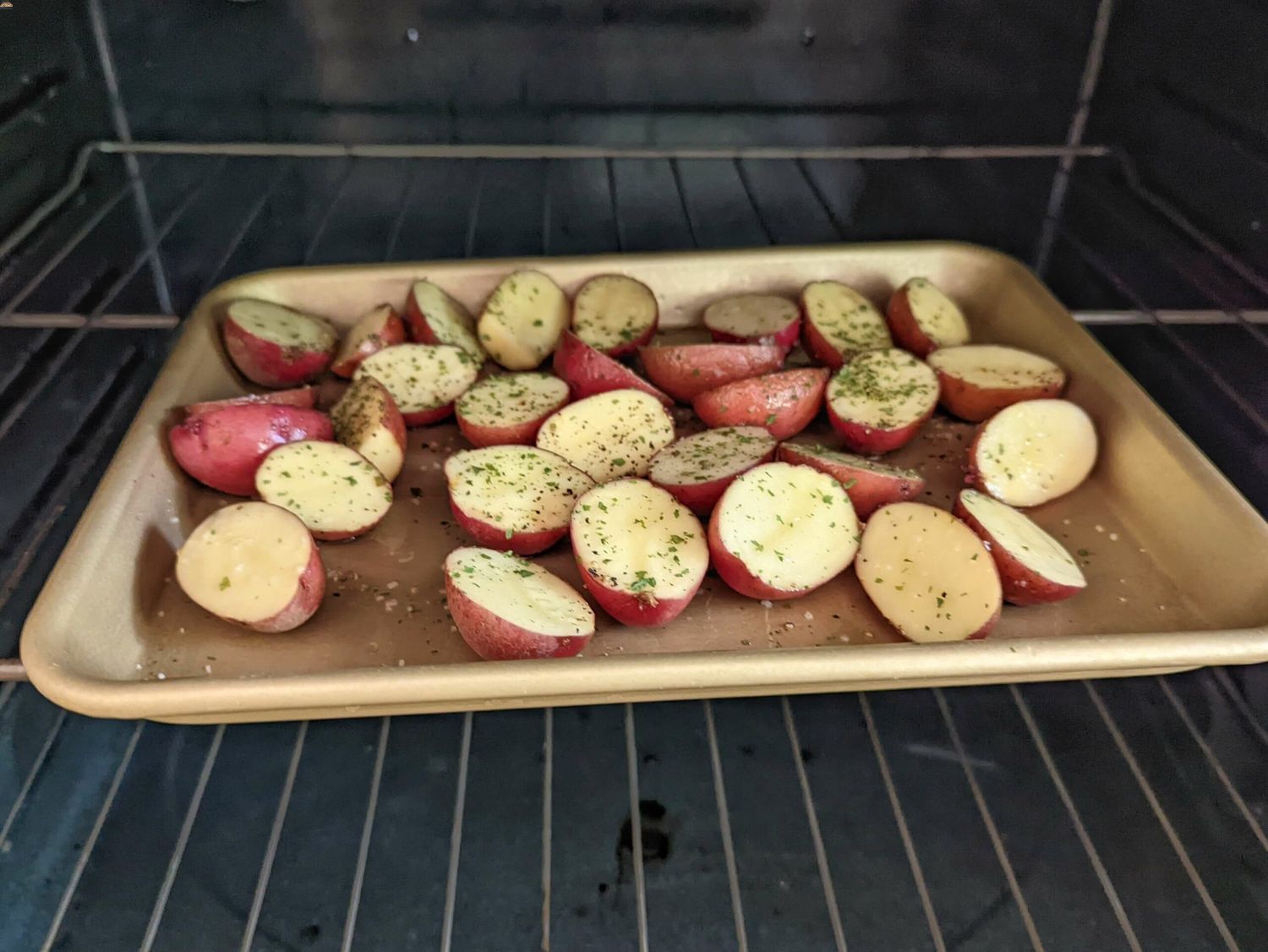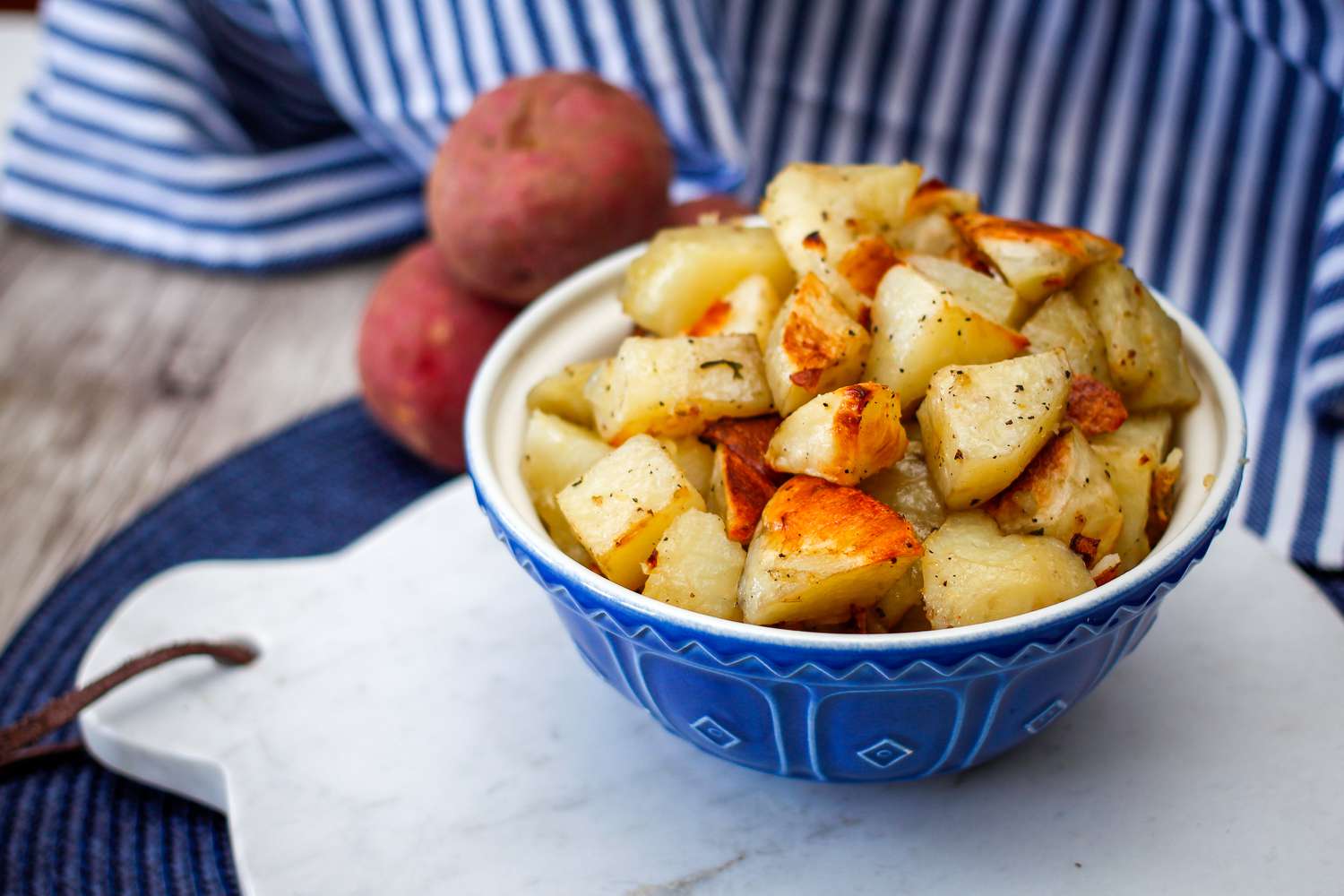Roasting the Perfect Shank Bone for Passover
Passover is a time for family, tradition, and delicious food. One of the essential components of the Passover Seder plate is the shank bone, which symbolizes the Paschal sacrifice. Roasting the shank bone is a simple yet important step in preparing for the Passover meal. Here’s a step-by-step guide to roasting the perfect shank bone for your Passover Seder.
Choose the Right Shank Bone
The shank bone, or zeroa, is typically a lamb bone, but it can also be a goat or chicken bone. When selecting a shank bone for roasting, look for one that is fresh and has some meat attached to it. The meat will add flavor to the bone as it roasts.
Prepare the Shank Bone
Before roasting, it’s important to prepare the shank bone. Rinse it under cold water and pat it dry with paper towels. If there is excess fat on the bone, trim it off with a sharp knife. This will prevent the fat from burning during the roasting process.
Season the Shank Bone
Seasoning the shank bone will enhance its flavor as it roasts. Rub the bone with olive oil and sprinkle it with salt and pepper. You can also add other seasonings such as garlic powder, onion powder, or paprika for extra flavor.
Roast the Shank Bone
Preheat your oven to 375°F (190°C). Place the seasoned shank bone on a roasting pan or baking sheet. Roast the bone in the preheated oven for 25-30 minutes, or until it is golden brown and slightly crispy. Keep an eye on it to prevent it from burning.
Let it Cool
Once the shank bone is roasted to perfection, remove it from the oven and let it cool slightly before handling it. The meat should be tender and the bone should have a rich, roasted flavor.
Use in the Passover Seder
Once the shank bone has cooled, it is ready to be placed on the Passover Seder plate. It is traditionally placed on the plate to symbolize the Paschal sacrifice and remind us of the Exodus from Egypt. During the Seder, the shank bone is not eaten, but its presence is a meaningful part of the Passover tradition.
Conclusion
Roasting the shank bone for Passover is a simple yet important part of preparing for the holiday. By choosing the right bone, seasoning it well, and roasting it to perfection, you can ensure that it is a meaningful and delicious addition to your Passover Seder.
Remember, the shank bone is more than just a piece of meat – it is a symbol of tradition, faith, and freedom. By taking the time to roast it with care and reverence, you can honor the significance of the shank bone in the Passover story.
Explore More Recipes and Uses for Roasted Shank Bone
Having mastered the art of roasting a shank bone for Passover, why not put your skills to further use with a variety of delicious recipes that showcase this technique? Consider trying the Classic_Roast_Lamb_Shank_with_Rosemary_and_Garlic for a traditional flavor, or the Lamb_Shank_Osso_Buco_with_Gremolata for a dish with Italian flair. Both recipes allow you to apply your roasting abilities while delivering sumptuous meals. For those seeking something adventurous, the Moroccan_Lamb_Shank_Tagine_with_Apricots_and_Almonds offers a rich, complex flavor profile that is sure to impress. These recipes not only broaden your cooking repertoire but also enhance your dining experience with diverse, global tastes.
Was this page helpful?
Read Next: How To Roast Shelled Pistachios
